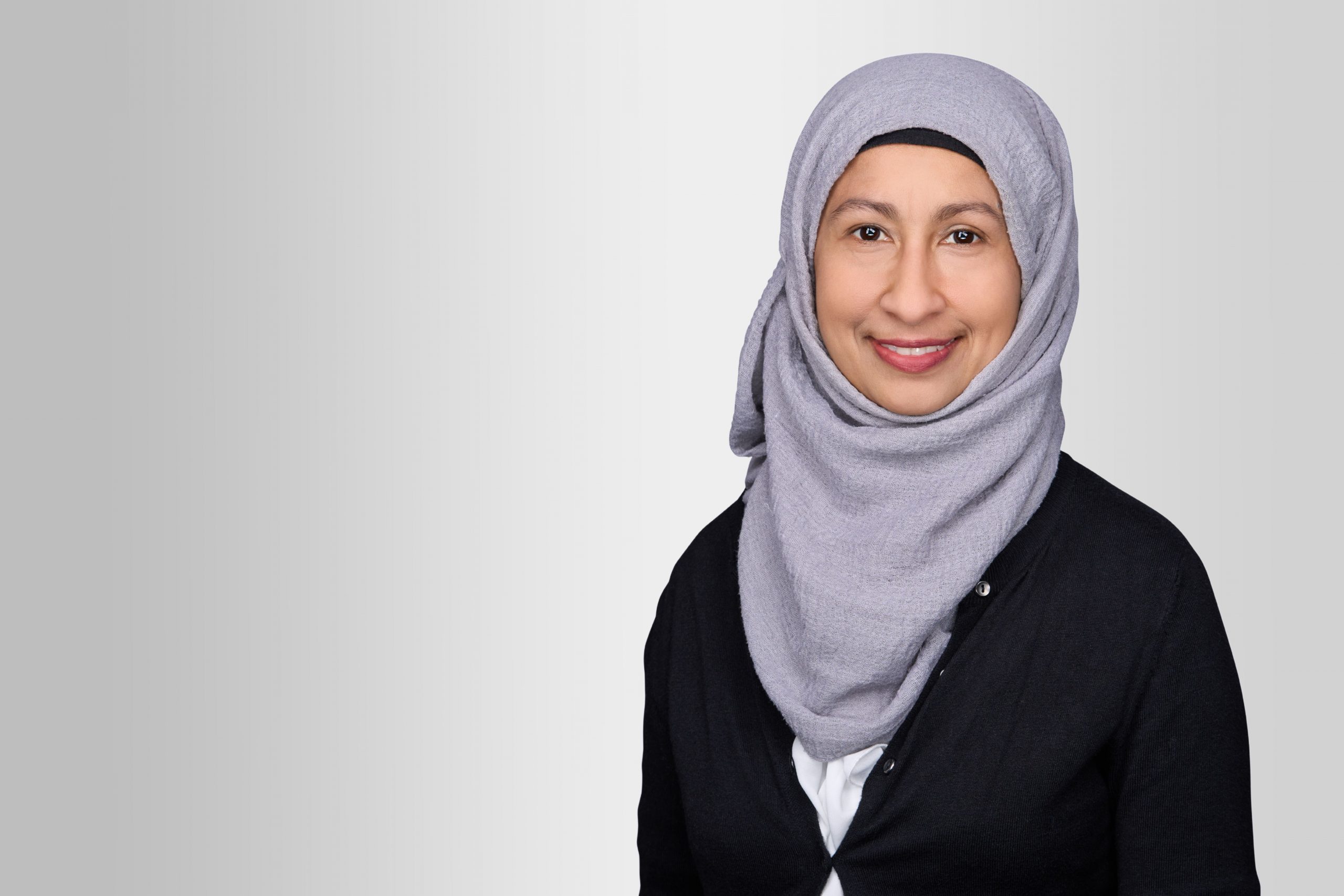Investigating a personal injury claim and gathering evidence
In my role as a specialist claimant personal injury lawyer, I am only too aware of the importance of investigating a case thoroughly and gathering all the evidence required in order to bring a successful claim on a client’s behalf. It is for the claimant to prove on the balance of probabilities (more likely than not), that a third party was responsible for causing their injury and any losses resulting from the accident. A client’s case is only as good as their evidence. The evidence can make or break a case.
So, what is involved in investigating a claim and how do we gather evidence?
The fact-finding exercise and evidence gathering usually starts from the first meeting. And whilst most cases settle without a trial, all cases are prepared on the basis that they could ultimately end up before a judge in court. The whole process can involve many people from lay clients and lay witnesses to agents and expert witnesses, both medical and non-medical in different disciplines.
In road traffic cases for instance, statements from clients themselves assist greatly though in some cases due to the nature of their injuries, such as traumatic brain injury, this may not be possible. Statements from independent witnesses, if any are available, can be very useful, however, due to data protection several hurdles have to be overcome in order to obtain their details if a client does not have these.
We would almost always contact police for a copy of the road traffic collision or crime report. Unfortunately, in certain circumstances, the police report may not contain sufficient information or may contain information which is inconsistent with the client’s version of events. In such situations, it may be necessary to interview the attending police officer and to ask for a copy of their notebook.
It is also helpful to obtain a copy of the ambulance report (land or helicopter emergency medical services (HEMS)) as the attending paramedics will usually make a note of their observations upon arriving on the scene. Prior to the pandemic, it was also possible to interview the ambulance personnel for statements.
The ambulance report will normally contain vital contemporaneous information on the presence or position of the injured client, whether they have lost consciousness and how they were in the immediate aftermath as well as some information about the accident circumstances. They may also record details of witnesses. I recently settled a case for a six-figure sum, on a full liability basis for a client where the accident circumstances and liability were hotly contested. This was only possible because we managed to track down a witness who was on scene in the immediate aftermath and had taken photographs of my client lying in the road. The police did not have details of this witness or any other witnesses, but the London Ambulance Service had made a note in their report. The driver and her three passengers had all made statements which were inconsistent with the damage to both her vehicle and my client’s bike. Crucially, the photographs taken by this witness confirmed the accuracy of my client’s version of events.
In some cases, there may be CCTV footage available from the local authority or local shops/restaurants/train stations near the accident site or even bus companies if the accident involved a bus. In other cases, there may be other video evidence, including dashcam footage from the injured client, the driver against whom the claim is made or a witness. In situations where there is conflicting evidence, it may be necessary to obtain a reconstruction report from a specialist to help piece together the jigsaw puzzle. Examination of vehicles or pedal cycle if such were involved and inspection of damaged personal belongings, including a helmet, can also assist.
News reporting and social media reporting is routinely being used for information gathering purposes.
Obtaining medical records including the A&E notes can also facilitate the assessment of liability as these may contain some details about the accident circumstances, thereby supporting a client was injured on a certain date at a certain time in those circumstances, resulting in the injuries complained of.
In addition to establishing liability, there is a need to obtain supporting evidence proving the injuries and the financial losses are directly attributable to the accident. This involves not only obtaining the contemporaneous medical records from A&E, hospital and GP but also reports from medical and non-medical experts alike. There could be a whole host of specialist reports including from disciplines such as but not limited to orthopaedic, psychiatry, neuropsychiatry, neurology, neuropsychology, urology, ENT, speech and language, prosthetics, orthotics, care and occupational therapy, accommodation, employment, and forensic accountants amongst others.
As well as obtaining reports from experts, we would often obtain tax records from HMRC, personnel and occupational health records from employers, DWP records, social services records and any other records that may be relevant to the claim.
Ensuring all pieces of the claim’s jigsaw are in place can lead to successful claims for clients who often sustain life changing injuries to enable them to lead a life as independently as is possible.
* Disclaimer: The information on the Anthony Gold website is for general information only and reflects the position at the date of publication. It does not constitute legal advice and should not be treated as such. It is provided without any representations or warranties, express or implied.*

No comments